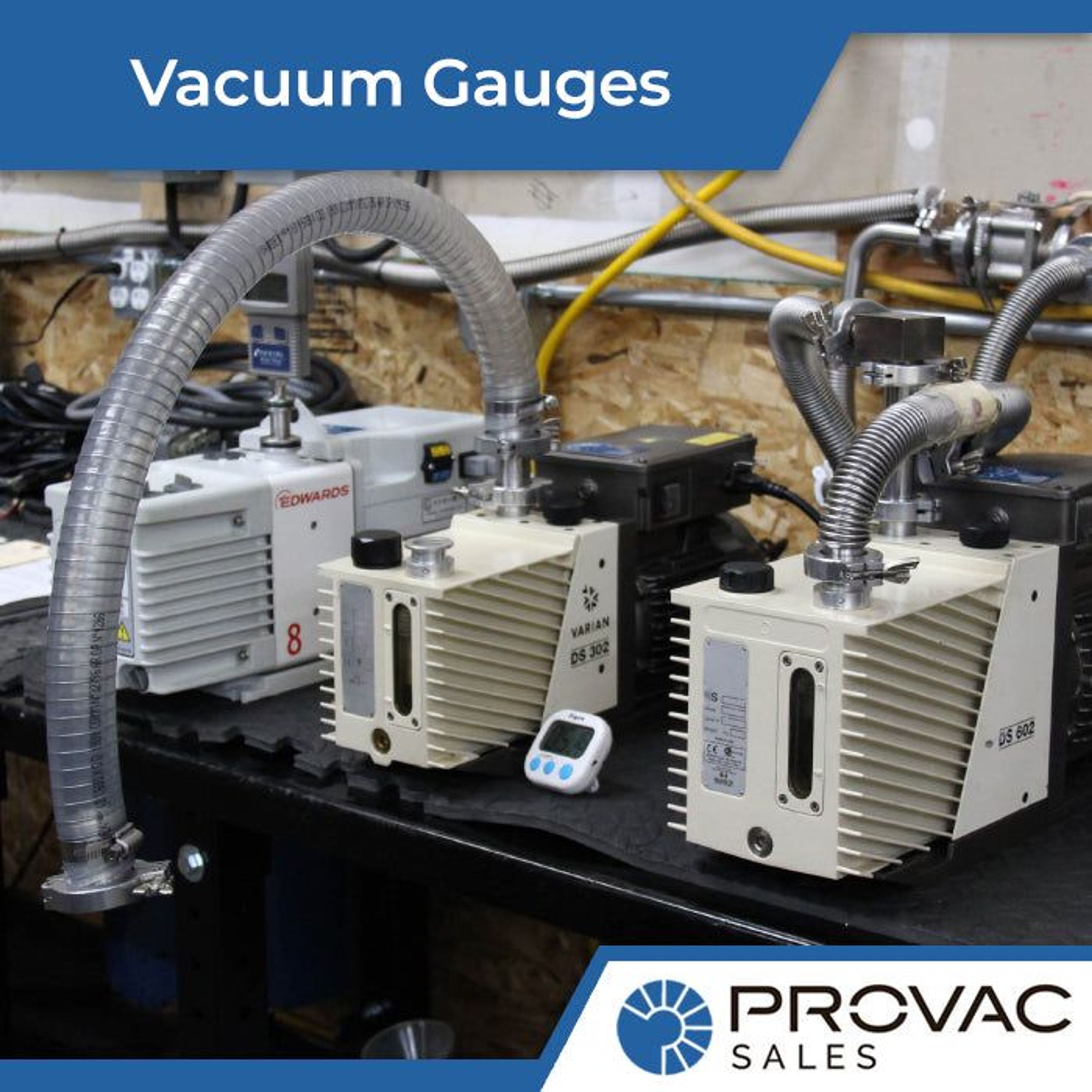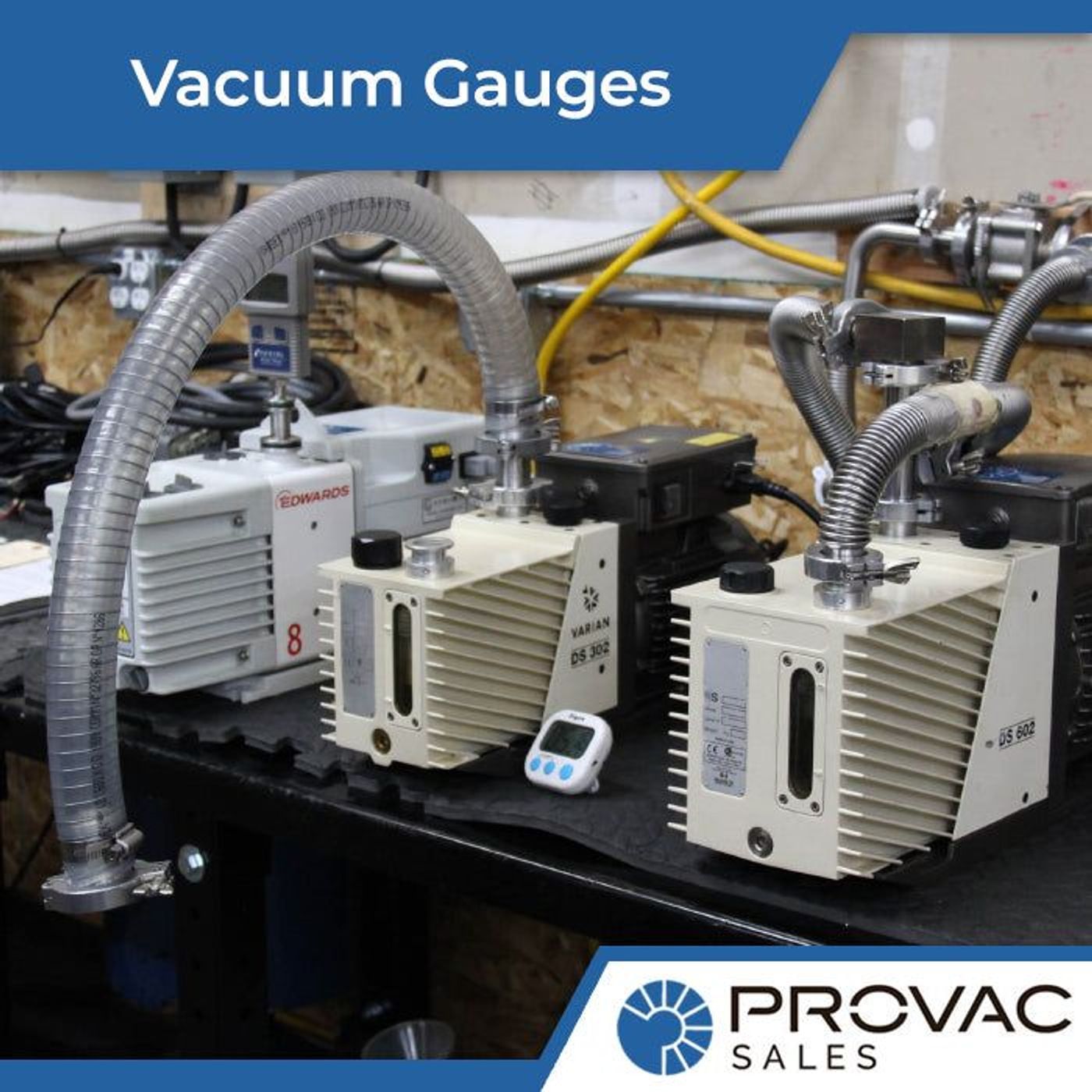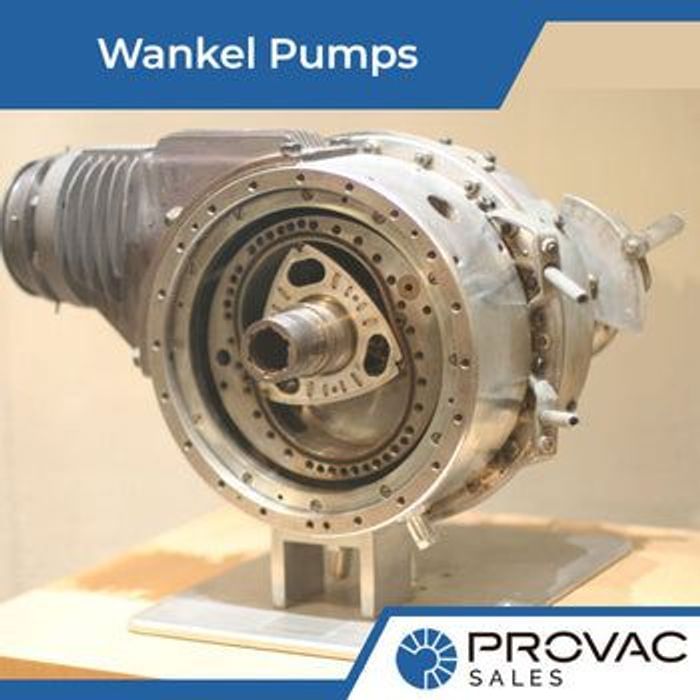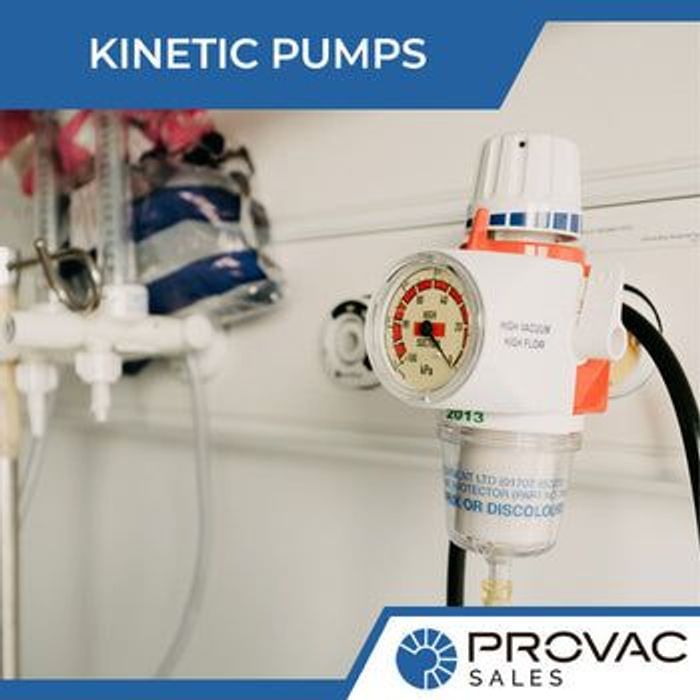A crucial part of any process that requires use of vacuum is the ability to measure the vacuum level. The measurement of vacuum is a specialized process and there are many nuances that should be taken into consideration in order to get accurate readings.
Vacuum levels can be separated into four basic categories: low/rough, medium, high, and ultra-high vacuum which all refer to the amount of molecules left in the measured space/vacuum chamber with rough vacuum being the most molecules and ultra-high being the least. In this post we will go into detail on low and high vacuum measurement.
Low or Rough vacuum applications such as vacuum packaging, hold down tables, and thermo forming can have a more flexible range of vacuum which they can successfully operate in. Rough vacuum is loosely defined as up to 3 scale vacuum. With this operational range common ways to measure are with inches of mercury or millimeters of mercury gauges. These gauges are inexpensive, but they are also very rough in measurement and cannot provide precise vacuum levels. If for example the application requires vacuum between 20-25 inches of mercury, the gauge can be suitable, but if the application requires vacuum level to be maintained at 10 millitorr (which is 29.99 inches of mercury, still rough vacuum), the bulb gauges cannot accurately show the vacuum level as the needle is not precise enough to do so. A more accurate and still relatively inexpensive gauge for rough/low vacuum would be a thermo couple gauge. Thermo couple gauges measure the heat loss to the surrounding gas. Thermo couple gauges are available in compact, handheld versions where vacuum can be read on top of the measurement port, or more permanent types which have corresponding controllers which can monitor several gauge heads.
Medium and High Vacuum require more precise measurements. Applications which must maintain more precise vacuum levels such as thin film deposition, etch, X-ray, plasma physics the measurement of vacuum is crucial to the success of the end product. In medium to high vacuum additional pumps must be used to evacuate molecules. The rough pump and high vacuum pumps must be monitored in order to confirm what component is working or not. High vacuum pumps such as turbomolecular pumps require a certain foreline pressure to be achieved before they can turn on and be effective. Monitoring the roughing vacuum level separate from the turbomolecular pump assists in keeping the turbo pump happy by crossing over at the appropriate time. There are multiple methods for measuring vacuum at this level. Hot cathode and magnetron gauges are all available at this vacuum range. In hot cathode gauges a filament heats up to excite molecules where they are measured. Cold cathode or magnetron and inverted magnetron gauges.
When selecting the appropriate gauge it is important to consider the application including what the operating temperatures will/may be, what orientation the gauge should be mounted, if there will be sensitivity to electromagnetic fields, whether the pumping material will be dry or wet, etc.
Provac Sales, Inc. offers discounted pricing for new vacuum gauges from many different manufacturers including Agilent, Pfeiffer, Edwards, Leybold, and more. Contact us today for a quotation.





